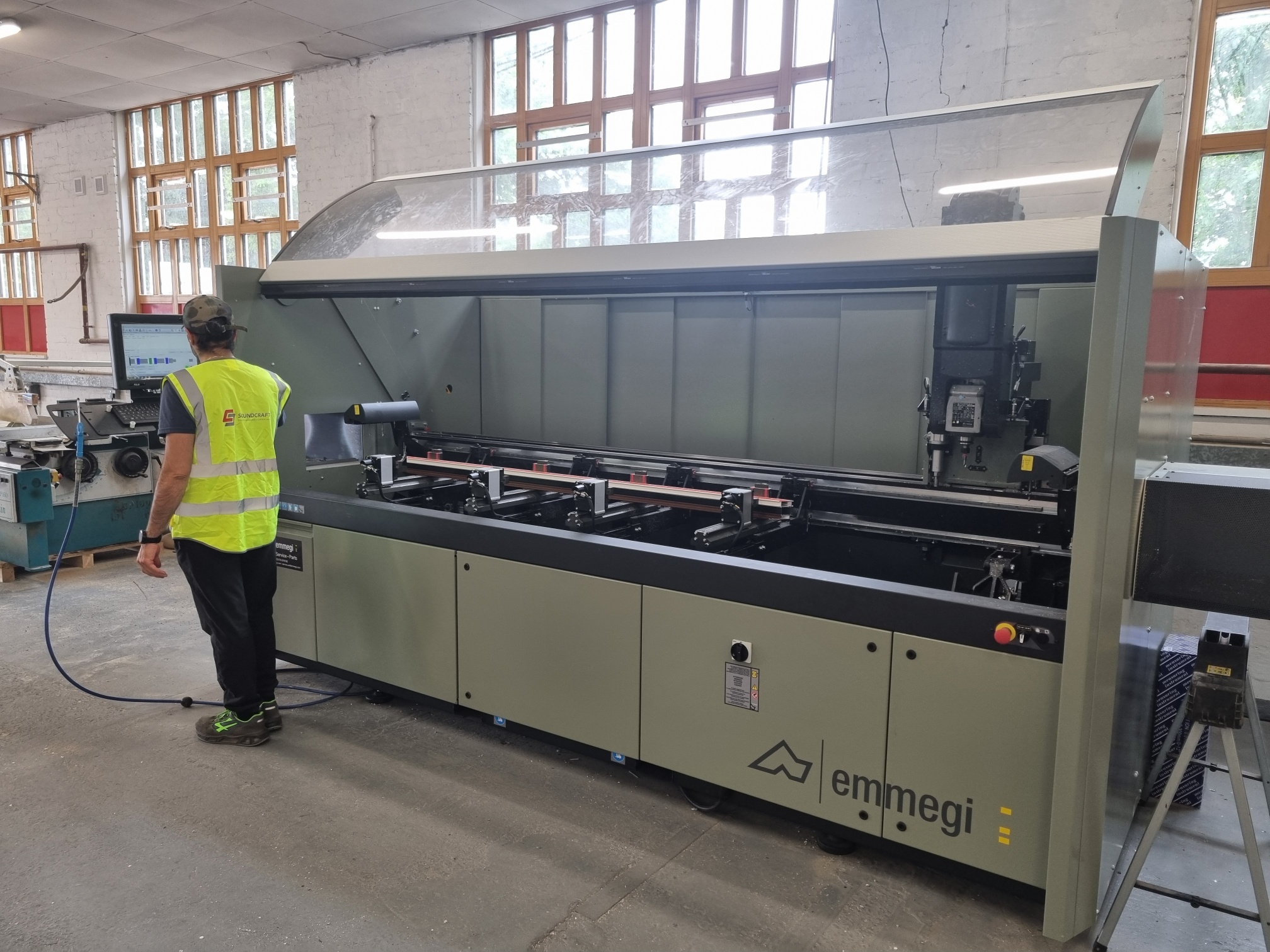Aluminium casement windows are windows that are attached to aluminium frames via hinges.
Aluminium casement windows come in a variety of designs, and the right choice will be mainly down to aesthetic preference, although issues such as cost, ventilation, thermal efficiency and security should also be considered.
A pair of casement windows are side hung on friction stay hinges. This is a popular option that is often found in traditional homes.
Casement windows are good for ventilation and can be placed higher on the wall than many other types of windows. Since they open outwards, they can be kept open even when it’s raining outside, and the interior should be safe from moisture.
If a casement window opens from the bottom. These open inwards and are another popular choice for ventilation. They are often used in basements.
Another option, if you can’t decide between side-hinged casement windows and those that open from the bottom (Tilt & turn only tilt from bottom edge), is to use a tilt-and-turn casement window. These have a special mechanism within the frame that makes it possible for the window to be opened in different ways.
Flush or traditional frames?
Aluminium casement windows can be provided with traditional style frames, as well as flush frames. The latter are ideal for buildings with a contemporary appearance and can also integrate well with curtain walling.
Why choose aluminium windows?
Casement windows are available in a wide range of materials, including aluminium, PVC and timber.
Aluminium is a popular choice due to its durability, low maintenance requirements, excellent thermal performance, high security ratings and low cost. It offers design flexibility, and the frames can be finished to match any decor.
If you’d like to find out more about the different types of aluminium casement windows, please view our product datasheets.




